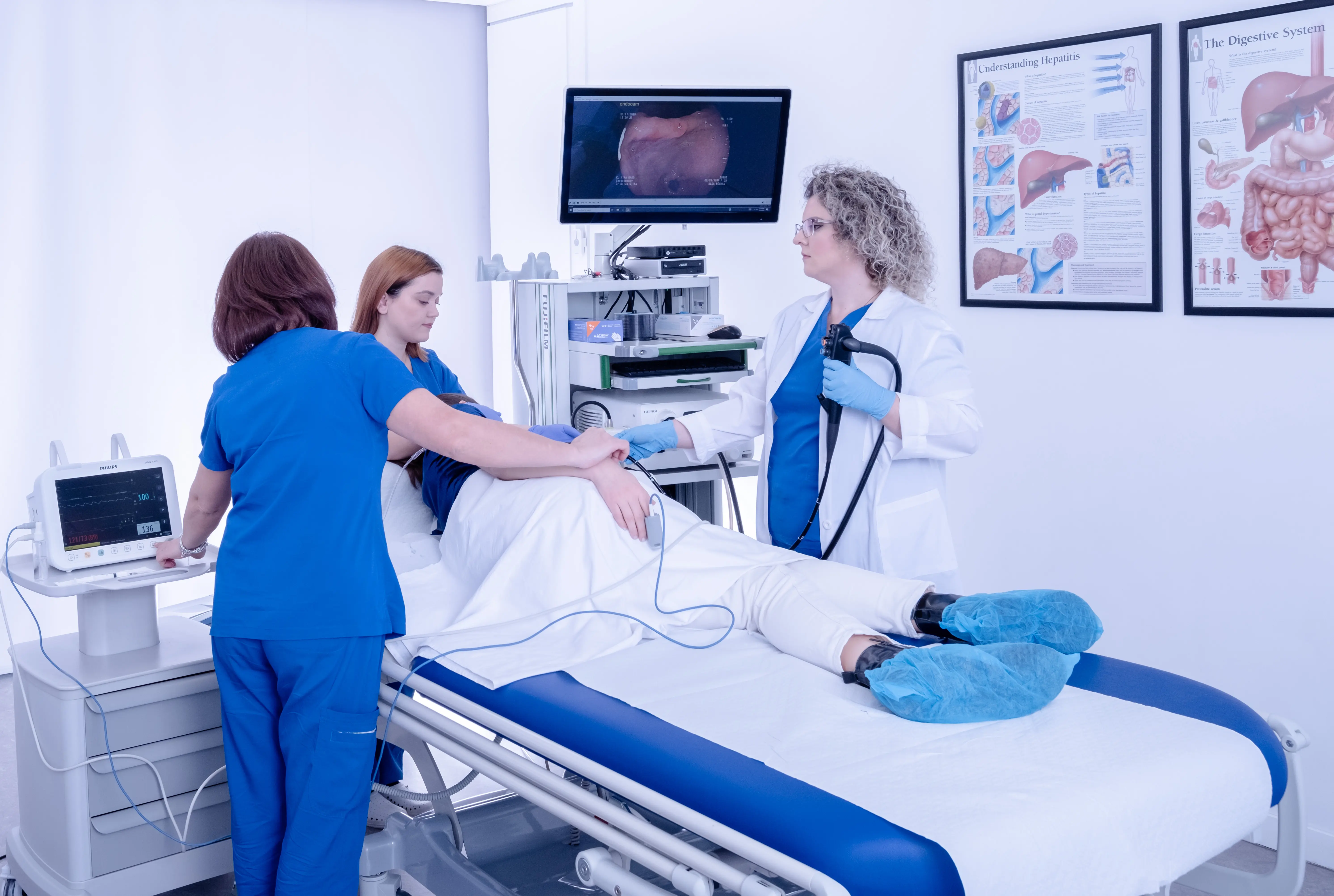
A gastroscopy is a quick and effective way to get a detailed look at your upper digestive tract. It’s a commonly performed procedure that helps diagnose and sometimes treat issues in the esophagus, stomach, and duodenum. Here’s what to expect. ✅
What is a Gastroscopy? 🤔
Gastroscopy uses a flexible tool called a gastroscope, which is a thin tube equipped with a tiny camera. This allows the doctor to examine the lining of your digestive tract in real time.
The gastroscope has two main channels:
How Long Does It Take? ⏱️
The actual procedure lasts just a few minutes, but with preparation and recovery, you should plan for about an hour total.
Does it Hurt? 😴
A gastroscopy isn’t painful, but it can feel a bit uncomfortable. To make it easier:
How to Prepare 📝
Proper preparation is key to a smooth gastroscopy:
After the procedure:
Why Might You Need a Gastroscopy? 🩺
Doctors recommend a gastroscopy if you experience symptoms like:
🔍 What Can a Gastroscopy Diagnose?
This procedure is invaluable for diagnosing:
Additional Uses of Gastroscopy 🛠️
A gastroscopy isn’t just for diagnosis; it’s also a powerful tool for:
Final Thoughts 🌟
Gastroscopy is a safe and essential procedure for diagnosing and treating upper digestive tract conditions. If your doctor recommends it, don’t worry—it’s quick, effective, and often over before you know it. Taking care of your health is a step toward a better future!
Take control of your health—book your appointment for a Gastroscopy today!
DISCLAIMER: The information presented on this page has been intentionally condensed and simplified to make it accessible and easier to understand for the general audience. Its purpose is solely to provide basic awareness and education on the topic discussed. It is important to note that this content is not exhaustive and does not replace or serve as a substitute for professional medical advice, diagnosis, or treatment. Readers are strongly advised to seek consultations with qualified healthcare professionals or specialists for accurate assessment, personalized guidance, and appropriate medical care. Relying solely on the information provided here, without professional oversight, may lead to misunderstandings or inadequate treatment.
Privacy policy
Copyright ©2025 Klinika Kajo. Designed By Vizional